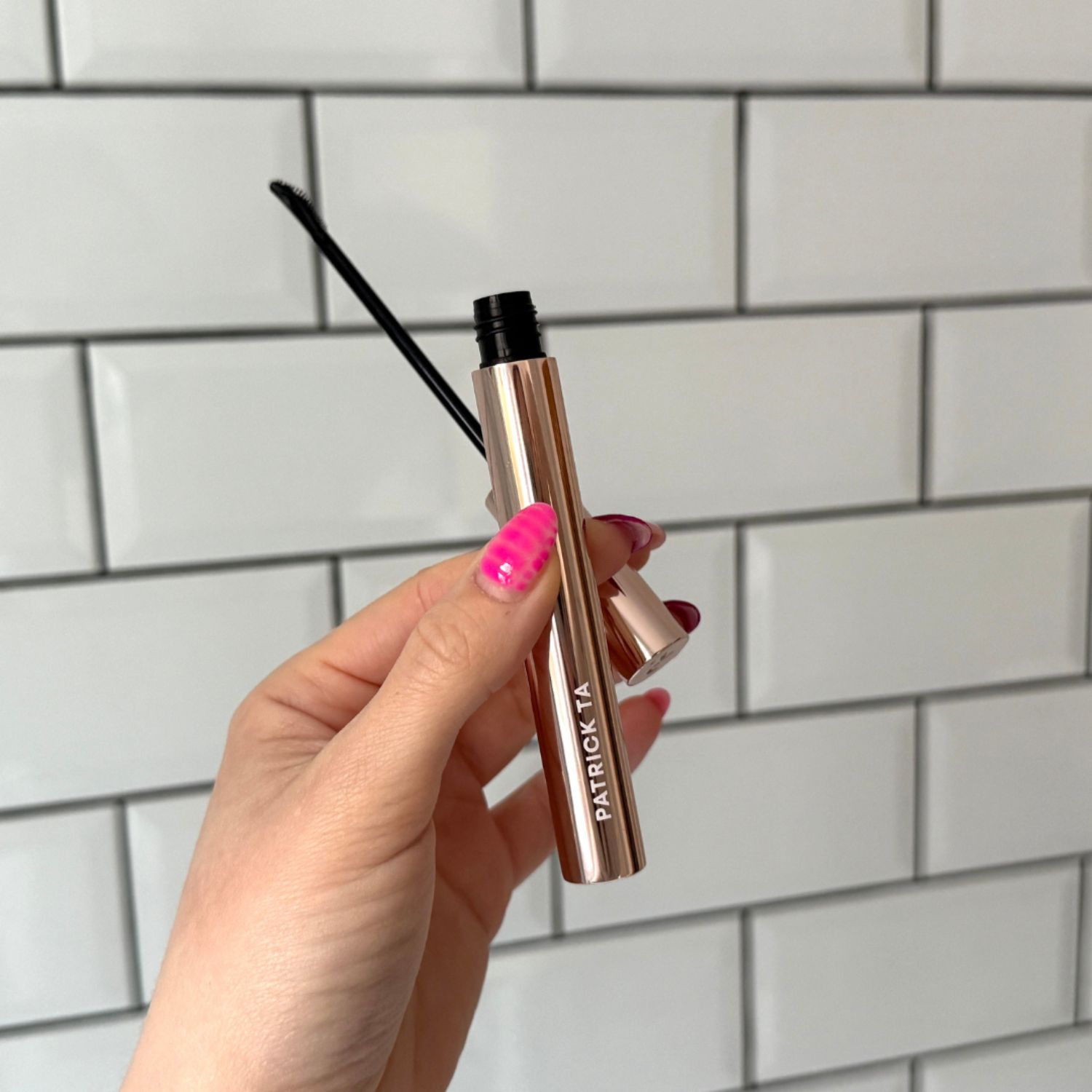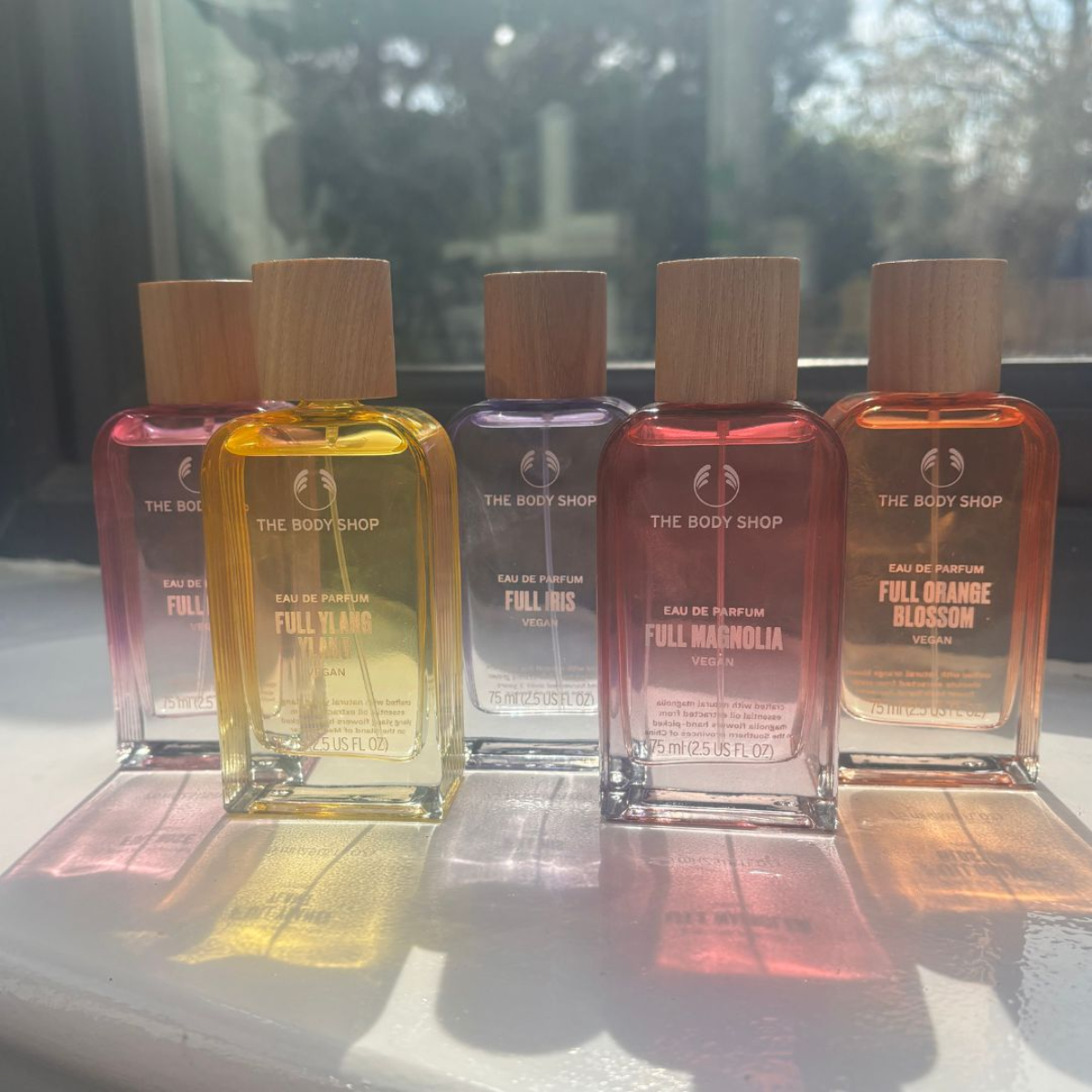All You Need To Know About Facial Fillers...
Aesthetics nurse Dee Hadley explains how they work. Facial fillers – everyone’s talking about them but what do they actually do? Here, advanced medical aesthetic consultant Dee Hadley gives us the lowdown…

Aesthetics nurse Dee Hadley explains how they work. Facial fillers – everyone’s talking about them but what do they actually do? Here, advanced medical aesthetic consultant Dee Hadley gives us the lowdown…
This is a Marie Claire Advertorial.
Aesthetics nurse Dee Hadley explains how they work.Facial fillers – everyone’s talking about them but what do they actually do? Here, advanced medical aesthetic consultant Dee Hadley gives us the lowdown…
What types of fillers are there? ‘Temporary fillers are made of hyaluronic acid, which is broken down over time. Permanent fillers can comprise of a variety of active ingredients, so the results may be unpredictable,’ explains Hadley. ‘Juvéderm, a range of temporary fillers, is designed to be tailored to different parts of your face.’
Are they natural? ‘Hyaluronic acid is a naturally occurring substance in our bodies,’ explains Hadley. ‘When we're born we have plentiful amounts but as we get older, this store diminishes, leaving the skin less supported, which allows lines and wrinkles to develop. When a facial filler containing hyaluronic acid is injected in small amounts under the skin, it can lift and smooth targeted folds and wrinkles by replenishing and adding subtle volume.’
Which parts of the face can fillers be used on? ‘Fillers can be used to temporarily restore loss of volume, smooth lines and fill folds. Commonly treated areas include the lips, mouth area, nasolabial folds (smile lines) and cheeks. Often just the smallest amount of filler makes a difference to our faces,’ says Hadley.
Where can you get it done? ‘First, take your time over the decision – some women consider a treatment for up to a decade before taking the next step. Then view your research and consultation as the biggest part of the process. You need to see an experienced, qualified aesthetic practitioner, who will ensure you’re getting the very best treatment possible.' Hadley adds: ‘I would advise asking to see the before and after pictures of past clients.’
Marie Claire Newsletter
Celebrity news, beauty, fashion advice, and fascinating features, delivered straight to your inbox!
Will people be able to tell it’s been done? ‘The key to a successful, subtle, natural-looking outcome is for the practitioner to choose the correct type of facial filler for the specific area on the face that needs treating. They might comment that you look less tired and more awake.’
Tell us more about Juvéderm… ‘The Juvéderm range of fillers is designed to suit different areas of the face. Volbella, for example, has been developed especially for fine lines or sensitive areas, such as the lips. Voluma is ideal for restoring youthful volume – think cheeks, cheekbones and chin. Lastly, Volift can be used to fill out deeper lines and for facial contouring. Your aesthetic practitioner will know which to use, and they will be able to discuss the treatment approach with you,’ says Hadley.
And, lastly…does it hurt? ‘Expect some discomfort. Most aesthetic practitioners will numb the area they’re injecting with a topical anaesthetic. Or you can ask your practitioner for facial fillers which are formulated with the anaesthetic lidocaine.’
For even more info and to find a practitioner that’s right for you, visit locator.juvaderm.co.uk.
Date of preparation April 2016 (UK/0281/2016a).
The leading destination for fashion, beauty, shopping and finger-on-the-pulse views on the latest issues. Marie Claire's travel content helps you delight in discovering new destinations around the globe, offering a unique – and sometimes unchartered – travel experience. From new hotel openings to the destinations tipped to take over our travel calendars, this iconic name has it covered.
-
 The viral 75 Medium challenge claims to be a friendlier alternative to the 75 Hard. So what do experts reckon?
The viral 75 Medium challenge claims to be a friendlier alternative to the 75 Hard. So what do experts reckon?Restrictive or effective?
By Katie Sims
-
 This is, without question, the best brow lamination-style gel I've ever used—and it rakes in compliments
This is, without question, the best brow lamination-style gel I've ever used—and it rakes in complimentsIf you like a lasting brushed-up brow look, you need this
By Lucy Abbersteen
-
 This new floral perfume collection is crying out for sunny weather—I can’t believe they’re all this good and under £45
This new floral perfume collection is crying out for sunny weather—I can’t believe they’re all this good and under £45Luxury notes on a budget
By Matilda Stanley